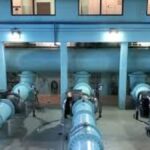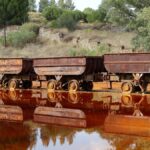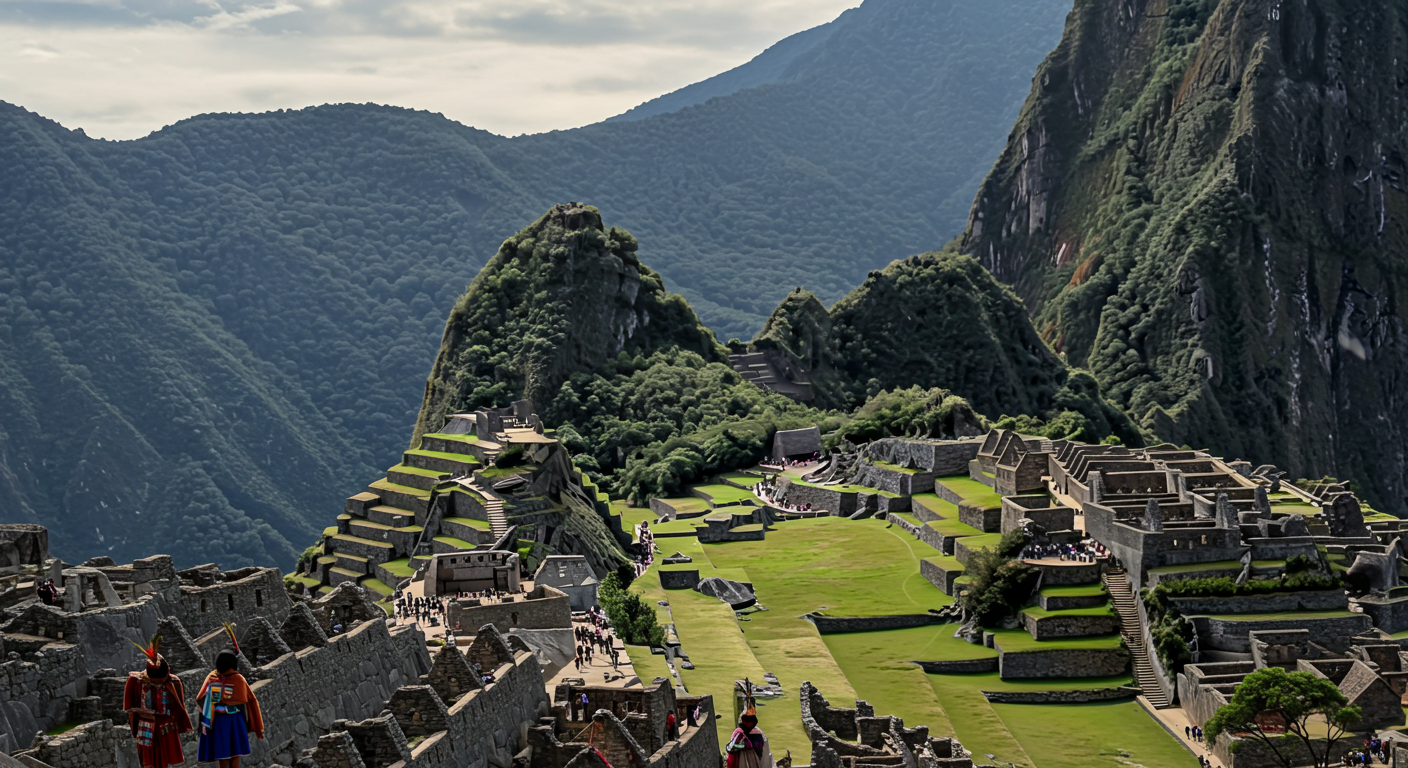In the pre-Columbian era, the Incas built the largest and most sophisticated empire in South America. It extended from the northern border of modern Ecuador to the Maule River in central Chile.
It featured a strong and centralized administration system, a well-developed roadway network, and a unique recording system called Q_uipu_. The Inca Empire also consisted of fabulous cities and magnificent structures like the famous city of Machu Picchu and the massive Sun Temple in Cuzco. These still standing buildings boast of the engineering and masonry skills that the Incas possessed.
Inca Dynasty
The Inca dynasty was founded by Manco Capac, who moved the tribe to Cusco, which later became the capital. His subsequent descendants looted the nearby villages but did not widen their territory beyond the Cusco valley.

Under the 9th Sapa Inca or Chief Inca, Pachacuti-Cusi Yupanqui, the Kingdom of Cuzco became the Inca Empire. He defeated many local tribes and conquered about half of the Andes. The successive Sapa Incas further expanded the kingdom and introduced administrative reforms that strengthened the Inca empire.
Governance
The Sapa Inca was the head of the kingdom and ruled along with an aristocratic bureaucracy and an assembly of religious leaders. The bureaucracy consisted of magistrates and inspectors known as kuraks and okoyrikoq who maintained social and political order. The kuraks used to be the head of an ayllu – a clan-like family, while the okoyrikoq were blood relatives of the ruler.
The Incas did not have a written legal code, they ruled according to some established social customs. To keep the state machinery working, local governors exacted the labor tax where an individual had to work either in the mines, in road building, etc., to contribute to the empire.
In addition to the bureaucracy, a set of unique steps were introduced to prevent dissent and unrest. As the empire rapidly expanded, it conquered various ethnic groups whose culture varied from the Inca civilization. These ethnicities were broken down into numerous factions and were forcibly resettled across different parts of the empire. This was done by Pachacuti Inca Yupanqui to make the organization of revolt very difficult and ensure the political stability of the empire
Road Network
To link the distant parts of the kingdom, a roadway network was required to facilitate the movement of goods and troops. Therefore an extensive road network of 24,800 miles was constructed that crisscrossed the entire state. There were two long north-south roads – one of 2250 miles along the coast while the other inland along the Andes with many interconnecting links. The Incas also built short rock tunnels along with vine supported suspension bridges above rivers.
The use of these roads was strictly limited to military and government businesses. Common people had to take special permission for their use, and such permission was rarely granted.
The interconnected highways increased the speed of movement of troops, goods, and messages. It allowed for better connectivity and better administration.
Agriculture
The Inca Empire was located on the difficult terrain of Western South America which consisted of deserts and the Andes. Such unfavorable topography made agriculture difficult in comparison to flat fertile soils.

Despite this, the Incas grew 70 different crops ranging from potatoes and maize to peanuts and chilies. They were not only experts in high altitude agriculture but also channeled rivers to irrigate fields. They practiced terrace farming to prevent soil erosion and to use the fertile mountainous soil.
They produced enough food to fill all the bellies and even stockpiled 3 to 7 years of food in advance in warehouses. The imperial officials kept track of the inventory with the help of quipus.
Agriculture was the primary occupation of the men of the Incas. They produced their own food along with their clothing by rearing Llamas. The women looked after the household chores and also took part in weaving activities. Textiles and ceramics were the Incas’ most valuable and beautiful artifacts.
Quipu
The Incas lacked a writing system that could record various data like taxes, land measurement, consensus, and other statistics. Instead, they developed their unique record-keeping system, Quipu, which was based on knots and strings.
Quipu was a portable device made of numerous differently colored cords of wool or cotton. These cords would be tied together to convey a specific message. The type, position, and number of knots were the influencing factors.
Along with this, the strings’ color and composition also determined the meaning of the knot.

For example – A single knot between two strings would represent 10 or powers of 10 while an eight knot represented a single unit. They recorded huge amounts of data with complete accuracy and flexibility.
While the traditional view dictates that Q_uipus_ were used only for recording statistics, many experts estimate that they were also used to record folk stories and poetry.
Spanish Conquest
In 1526, Francisco Pizarro, a Spanish explorer, landed in South America with his crew of 13 people. At this point, the Inca Empire was at its largest peak, covering around 690,000 sq. miles.
Pizarro and his crew were astonished to see the abundance of wealth and gold that the Incas possessed. Pizzaro decided to conquer the empire so, in 1532, Pizarro returned after seeking blessings from the Spanish Crown and also had an armed force of 180 men.
Parallel to this foreign arrival, a political crisis and civil war were happening across the empire. Around 1528, Huayna Capac and his designated heir had possibly died due to smallpox, which quickly traveled after the Spanish arrival. Diseases like smallpox, typhoid, measles were common in Europe at that time so most Spaniards were immune to them. However, the Incas never had any exposure to such diseases and thus lacked immunity against them.
The sudden death of the heir started the Inca War of Succession, fought between the two brothers – Huascar and Atahualpa. It soon turned into a brutal civil war from 1529 to 1532, of which Atahualpa became victorious. But it was a pyrrhic victory as the royal courtier divided into two factions resulting in mistrust and disloyalty.

The Spanish took advantage of this crisis and formed allies with locals to oust the emperor. They also possessed superior weaponry such as armors and horses that overpowered the Inca siege warfare.
Seeing the Spanish influence spread in his empire, the emperor challenged Pizarro that resulted in the Battle of Cajamarca on 16th Nov 1532. Pizzaro’s army of 180 men was successfully able to defeat Atahualpa’s 7000 men force and also captured and executed him.
When they gained control of Cusco, they put Manco Inca Yupanqui as a puppet ruler till they captured the northern territory of the kingdom. Manco revolted against the oppressive Spanish rule but the revolt failed. He then retreated to Vilcabamba and built the last stronghold of the Incas and carried out guerilla warfare. In 1572, the Vilcabamba post was captured and it marked the end of the Inca Empire and the conquerors instead established the Viceroyalty of Peru.
The destruction of Inca culture and heritage was simultaneous with the fall of the Inca empire. Their traditional agriculture systems were destroyed and their famous textiles and ceramics were heavily taxed. The Andean population had to work in the mines where there were high mortality rates. Moreover, the Spanish rulers destroyed Inca artifacts like quipus as they found them highly suspicious.
The Spaniards continued to rule Peru and the neighboring regions until 1826. They systematically imposed Spanish culture in an effort to destroy the unique Incan heritage.
However, in recent years, there have been renewed attempts by the government and the local population to promote Incan culture.
Exploration of archaeological sites such as the famous Machu Picchu is being given special importance. The Incan language, Quechua, is also propagated among successive generations through stories and folklore.
Hopefully, these efforts shall succeed in recovering the ancient, rich Incan civilization which has long been ignored.










